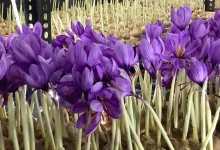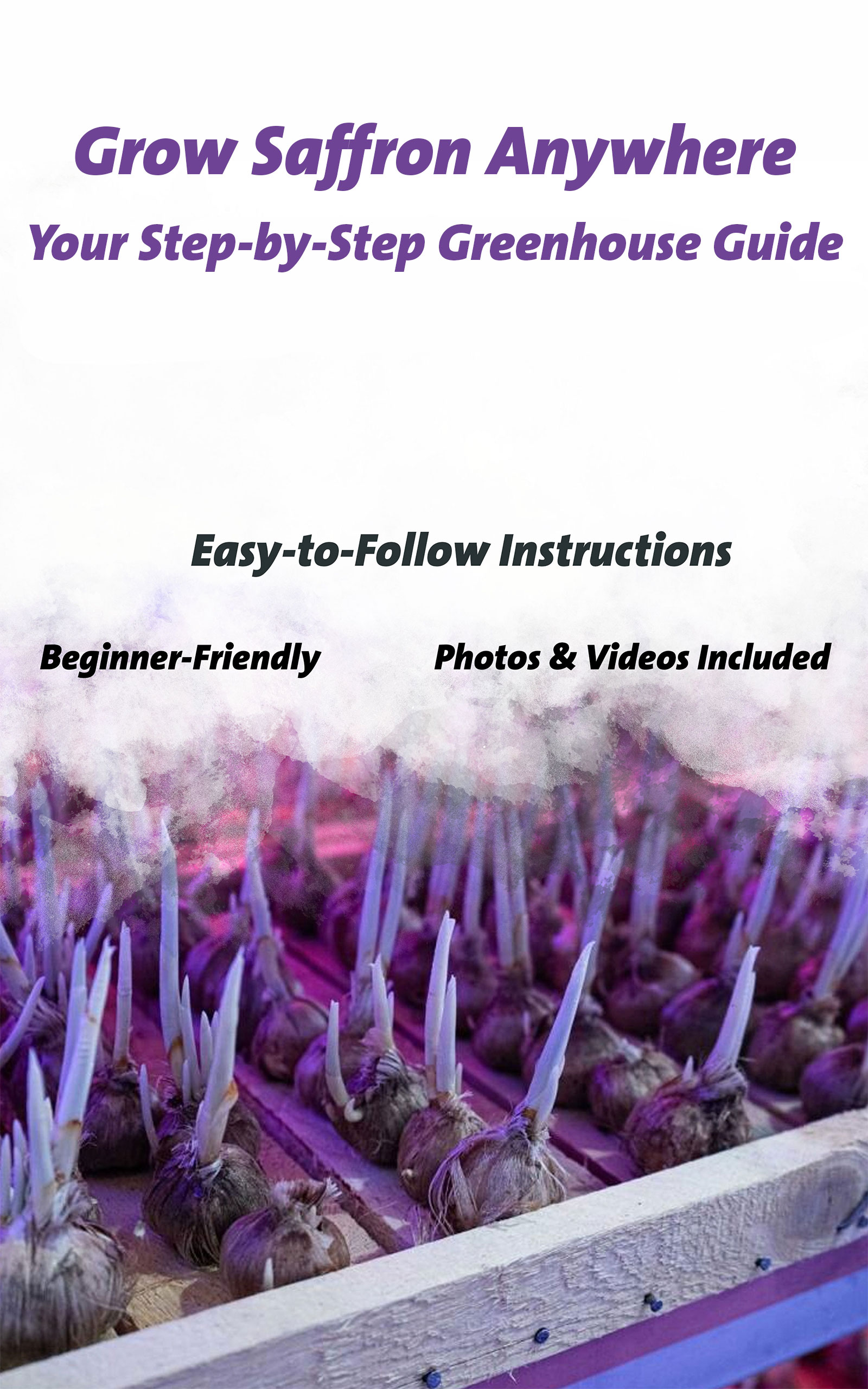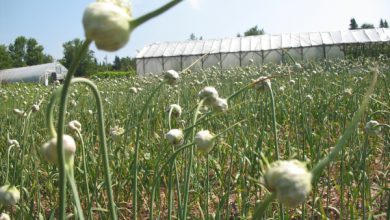monstera obliqua care

Apologies if I appear biased, but the care of Monstera Obliqua is undeniably a topic close to my heart. Among the various varieties in the Monstera genus, this particular plant holds a special place for me. It possesses an awe-inspiring allure, skillfully incorporating negative space akin to masterpieces of art. If you’re unsure about what I mean, allow me to elaborate. The leaves of the oblique species consist of an abundance of holes, nearly surpassing the amount of actual plant tissue.
Due to its extensive fenestrations, caring for the rare Monstera obliqua can be quite daunting and is typically pursued by collectors deeply passionate about their craft. Nevertheless, this plant is so extraordinary that it deserves a rightful place within the realm of our indoor jungles. Hence, I have crafted this comprehensive care guide.
Whether you have recently acquired a Monstera obliqua or have set your sights on obtaining a specialized variety such as the Monstera obliqua Peru or its Bolivian counterpart, you have come to the perfect resource. This article will provide you with all the essential information on nurturing this stunning specimen, encompassing its specific requirements regarding growth environment and the expected pace of its development. Get ready for an enlightening exploration into the world of obliqua.
How do I look after my Monstera obliqua?
Because of their extreme fragility and thinness, Monstera obliqua leaves require extra attention and ideal growth circumstances. The most important thing is to make sure it gets enough humidity and gets strong, indirect light. The obliqua also needs excellent soil that retains moisture while draining effectively.
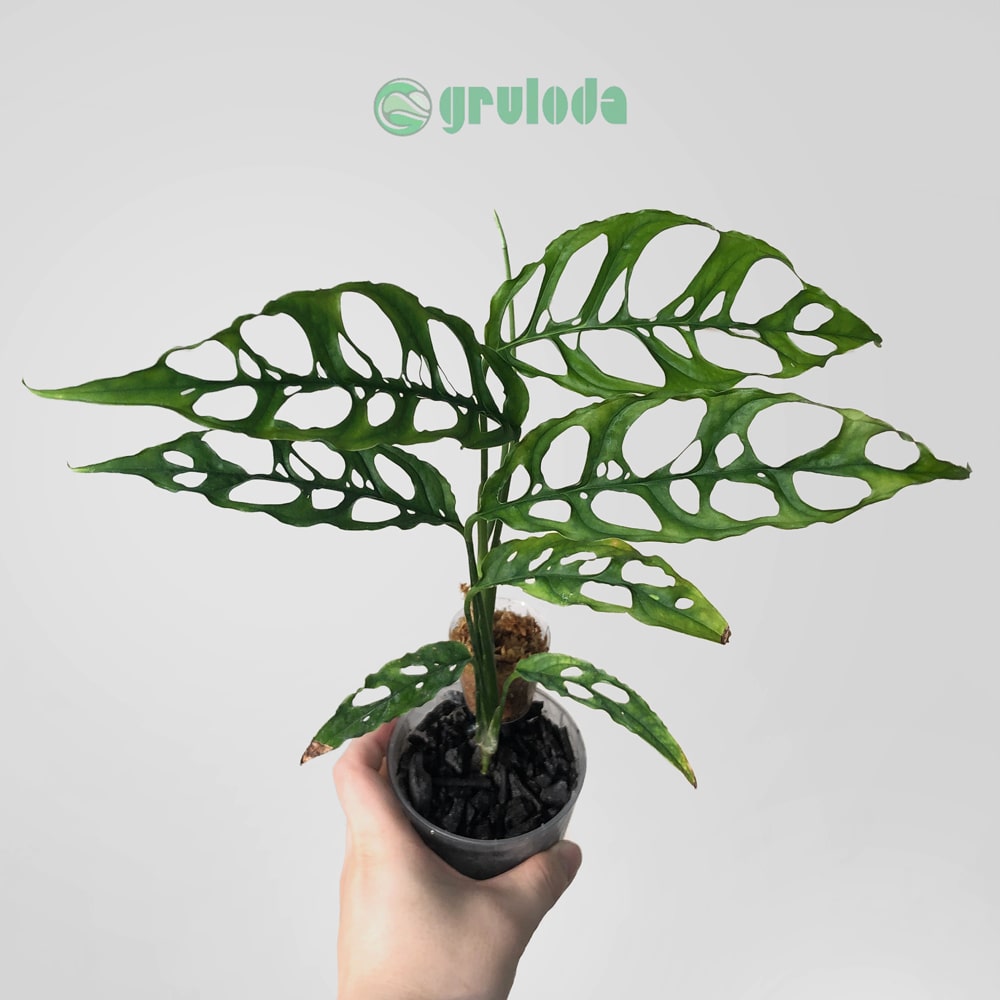
If you have already read up on Monstera obliqua, you are aware that they are not advised for those who are easily alarmed. In contrast to its hardery and more durable cousins like the Deliciosa, this plant is extremely susceptible to poor growth circumstances, showing distress symptoms very fast. At the least provocation, it wilts.
However, if you can provide a stable environment for this exquisite plant, there is no reason why you cannot achieve great success in its cultivation. Of course, certain factors should be taken into consideration, but for the most part, attentive monitoring of its requirements is all that is needed to witness the thriving growth of this species.
To ensure the success of your Monstera obliqua, it is essential to establish the correct foundation, and that begins with the soil. Opt for a high-quality, well-draining aroid mix that is gentle on the delicate root systems of obliqua. This will prevent the risk of compacted soil that could potentially harm the plant.
Additionally, Monstera obliqua thrives when provided with a nutrient-rich environment. Incorporating elements like peat, moss, or bark into your soil mix can offer the necessary nourishment. Including chunkier components in your planter promotes improved air circulation, effectively reducing the chances of fungal and bacterial infections.
When it comes to the pH level of the soil, aim for a slightly acidic range, around 5, but avoid excessive acidity that may cause wilting in your obliqua. If you are uncertain, it is advisable to lean towards a more neutral pH of around 7.5.
To ensure the proper care of your Monstera obliqua, consistent yet cautious watering is crucial. Being tropical plants, all Monstera species, including obliqua, have a preference for ample water. However, the obliqua requires a bit more vigilance compared to others to avoid the risk of root rot. Investing in a moisture meter is my top recommendation.
As a general guideline for watering frequency, during the warmer months, you can water your Monstera obliqua once or twice per week, while in winter, you can extend the interval to every ten days to two weeks. Nevertheless, it is essential to closely monitor the moisture levels of the soil as rigid watering schedules can be problematic.
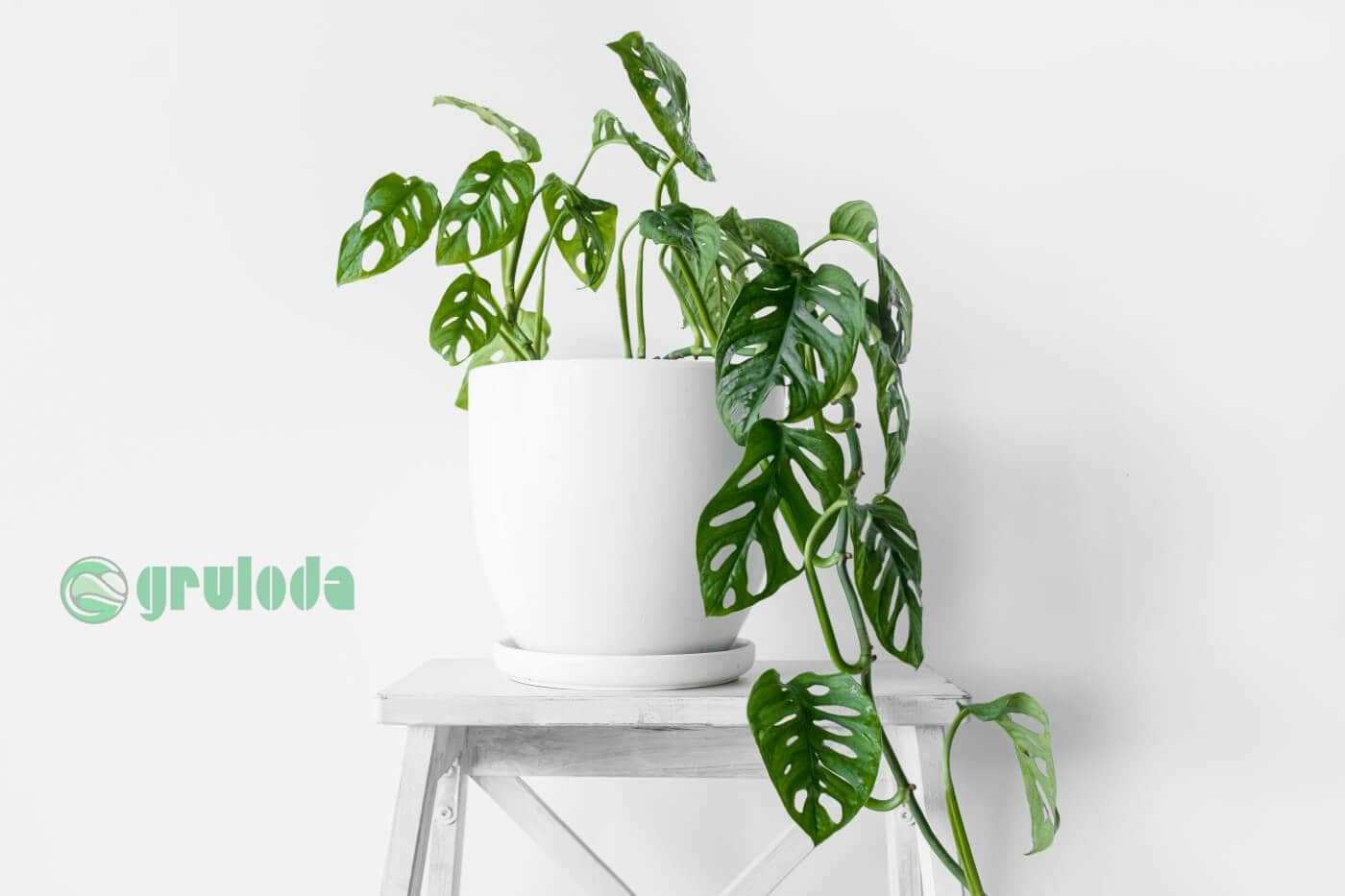
In essence, always assess the moisture content of your Monstera obliqua’s soil by either using your fingertip or a moisture meter before adding water. It is ideal to allow the top layer of soil to dry out between watering sessions.
Bright, plentiful, but indirect light
Abundant, gentle, and indirect light is essential for the thriving growth of the obliqua. Due to its limited leaf surface area, this Monstera variety requires maximum exposure to light. Aim for a minimum of six to eight hours of light per day in a location where the plant is shielded from burning or scorching.
Ideally, position your obliqua near a window that receives bright, indirect light, placed a few feet away from the window itself. Morning sunlight is preferable, as the afternoon rays can be too intense. If feasible, opt for east or south-facing windows.
During the initial few weeks after acquiring your obliqua, it is advisable to observe its response to the surrounding environment. Insufficient light may cause wilting or yellowing of the leaves. Conversely, excessive light can lead to curling and dryness. Therefore, it is important to monitor the plant closely for any signs of either condition.
Moderate to warm temperatures with sunny highs
The Monstera obliqua, being native to jungle settings, naturally thrives in moderate to warm temperatures. To ensure its optimal growth indoors, maintain a minimum temperature range of 60°F to 70°F (16°C to 21°C). If your home tends to be on the cooler side, there’s no need to worry. By carefully selecting the placement of your obliqua, you can address this concern effectively.
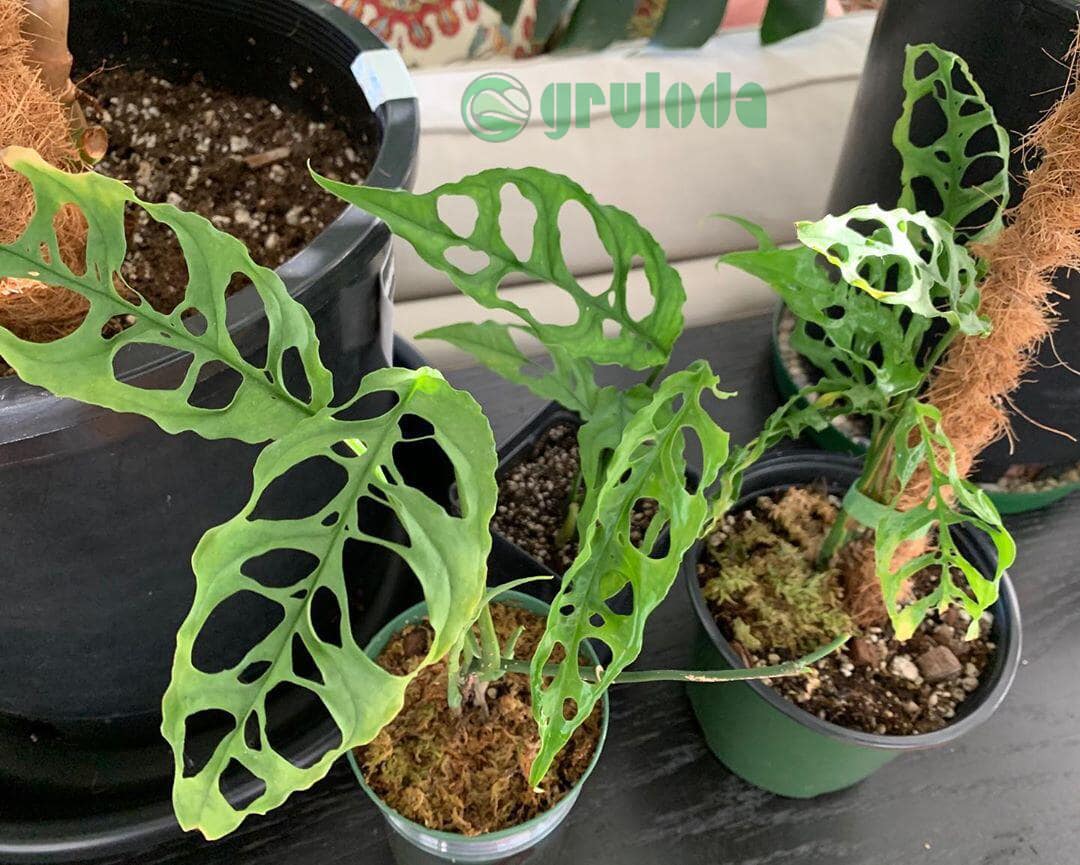
For optimal care of your Monstera obliqua, it is recommended to position it near a sunny window where it can benefit from both the light and warmth of the sunlight. However, even more crucial is providing sufficient humidity for your obliqua, which will be further elaborated on in the following sections.
Obliqua on a balanced diet
The Monstera obliqua is a gentle and delicate plant within the Monstera genus, requiring a more cautious approach to its care, including its diet. While it is beneficial to provide fertilization to Monstera plants, it should be done sparingly when it comes to this particular exquisite gem.
In general, if your obliqua appears healthy and the soil’s pH level is suitable, there is little need to feed it at all. However, if you observe signs of drooping or a lackluster appearance, indicating a need for a boost, a small amount of organic, slow-release fertilizer should be sufficient.
It is advisable to refrain from fertilizing during the winter months and instead focus on the warmer growing seasons of spring and summer.
Humidity is critical
Humidity plays a critical role in the care of a Monstera obliqua. It is paramount to ensure that your plant receives adequate moisture in the air to prevent issues such as leaf curling, wilting, and drying out. Without sufficient humidity, your delicate, skeleton-like plant may even face the risk of perishing.
Ideally, provide an environment with humidity levels ranging from approximately 60% to 80%. However, if achieving such conditions is challenging, there are alternative methods to supplement moisture. Regular misting, using a plug-in humidifier, and having other plants nearby can help increase humidity levels.
Ensure that your Monstera obliqua is placed away from artificial heat sources, air conditioners, or drafty areas near doors and windows. Additionally, you may consider placing a tray of moist pebbles beneath your plant to further enhance the surrounding moisture.
Common Care Issues with Monstera Obliqua
Toxicity to Humans and Pets
It’s important to note that all varieties of Monstera plants, including Monstera obliqua, are toxic to both humans and pets. The plants contain insoluble calcium oxalate crystals that can cause oral pain, swelling, and vomiting if ingested.
Yellowing Leaves
If you observe several yellow leaves on your Monstera obliqua plant, it may be due to overwatering or nutritional deficiencies. Overwatering can lead to diluted soil nutrients, resulting in a lack of essential elements for the plant.
Brown Spots
The presence of brown spots on your Monstera can have various causes. It could be a sign of pest infestation, diseases, underwatering, overwatering, or excessive exposure to direct sunlight. Taking appropriate measures to address these issues can help prevent brown spots in the future.
Pests
Regularly inspect your plant for any signs of pests. Common pests that can affect Monstera species include spider mites, mealybugs, and scale insects. These pests can have a negative impact on the overall health of your plant. A natural method to control pests is to wipe down the leaves of your obliqua with soapy water.
Remember to take necessary precautions to ensure the safety of both humans and pets when dealing with Monstera plants, and promptly address any care issues to maintain the health and well-being of your Monstera obliqua.

